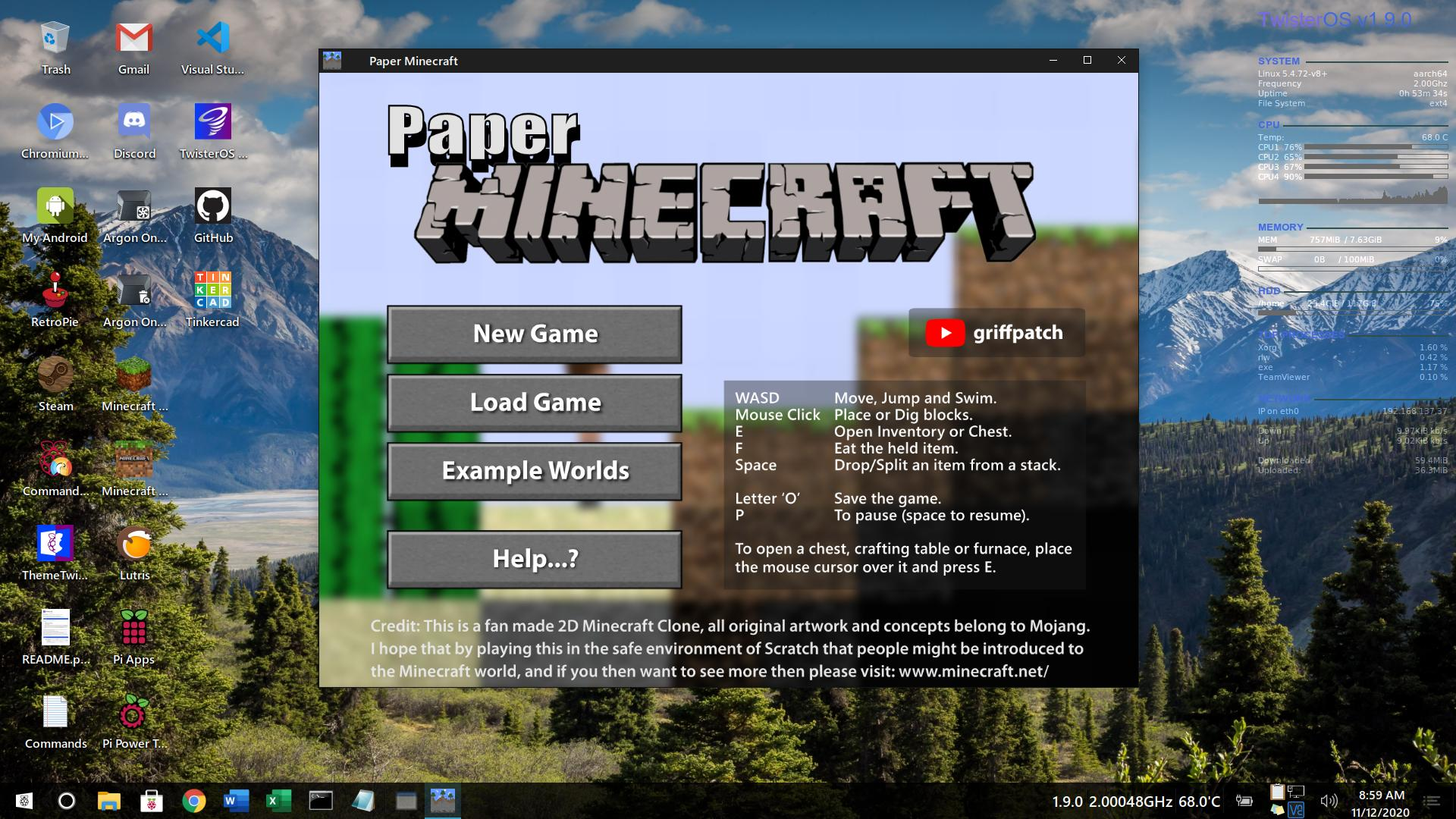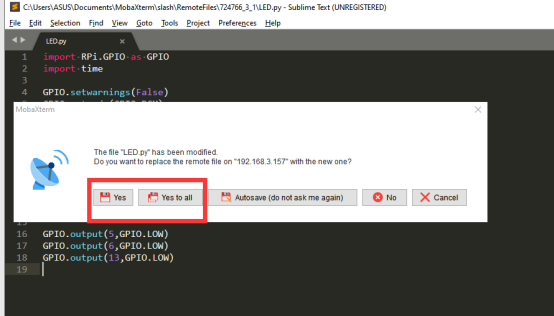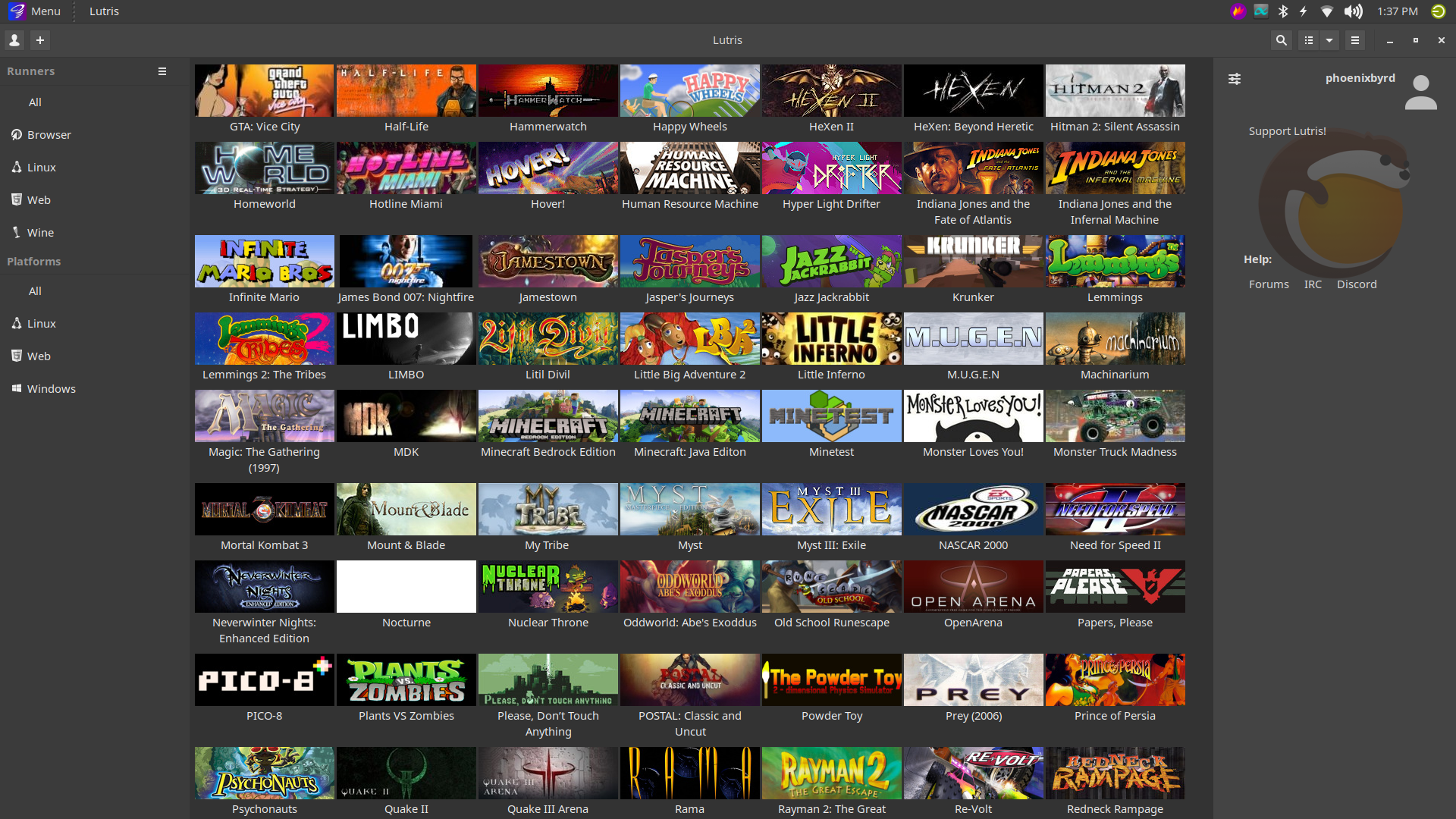

I chose a powered hub to prevent the Pi's internal bus from having to supply power to all my devices, which included: I plugged an AmazonBasics powered USB 3.0 hub into the Pi.

Download sublime text on raspberry pi 3 how to#
The first task of the day was to unplug my MacBook Pro from my CalDigit TS3 Plus Thunderbolt 3 hub, and then figure out how to get everything I needed plugged into my Pi. I recorded this YouTube video, vlog-style, to cover my initial thoughts the day-of: It's great for some use cases, but not great for mine. I was hoping to go a few days, but the small pain points (in almost every area I explored) added up to a more frustrating experience using the Pi as a main computer replacement than I expected. Preliminary spoiler / tl dr: I ended up giving up after one day. So as with any project of this scope, I created a GitHub repository, pi-dev-playbook, to track my work-and, to be able to immediately replicate my development environment on a new Pi, should the need arise. Work on some infrastructure automation with Docker, Ansible, and Kubernetes.Record and edit clips of audio and video.Use Slack (you laugh, but Slack uses more memory than most of the other apps I'm running at any given time-combined!).

Earlier this week, as part of my work doing a more complete review of the Raspberry Pi 4 (coming soon!), I decided I'd go all-in and spend one entire day working entirely (or at least as much as possible) from a Raspberry Pi.Īnd not just doing some remote coding sessions or writing a blog post-that's easy to do on a Chromebook, a tablet, or any cheap old laptop-but trying to do all the things I do in a given day, like:


 0 kommentar(er)
0 kommentar(er)
